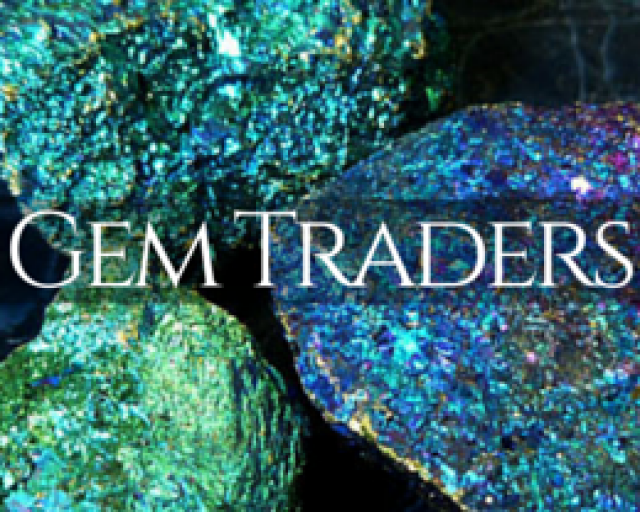CHINESE FRESH WATER CULTURED PEARL 7.55 CTS SG 1130
- 存貨單位
- 尺寸(毫米)
- x x mm
- 重量 (cts)
- Shape
- Pear
- 類型
- Bead
- 顏色
-
DESCRIPTION:
|
6 mm = 1/4 inch (Approx) |
|||||||||||||||||||||||||||||||||||||||||||||||||||
| 運輸商 | 運送至:國家 | 運送到世界其他地區 | 聯合運輸( Australia ) | 聯合運輸(世界其他地區) |
|---|---|---|---|---|
| FedEx |
$12.00
/ :幾天天
|
$39.00
/ :幾天天
|
$12.00
訂單包含2或更多商品
|
$39.00
訂單包含2或更多商品
|
| Registered Shipping |
$9.00
/ :幾天天
|
$19.00
/ :幾天天
|
$9.00
訂單包含2或更多商品
|
$19.00
訂單包含2或更多商品
|
- 存貨單位
- 尺寸(毫米)
- x x mm
- 重量 (cts)
- Shape
- Pear
- 類型
- Bead
- 顏色
-
DESCRIPTION:
|
6 mm = 1/4 inch (Approx) |
|||||||||||||||||||||||||||||||||||||||||||||||||||
| 運輸商 | 運送至:國家 | 運送到世界其他地區 | 聯合運輸( Australia ) | 聯合運輸(世界其他地區) |
|---|---|---|---|---|
| FedEx |
$12.00
/ :幾天天
|
$39.00
/ :幾天天
|
$12.00
訂單包含2或更多商品
|
$39.00
訂單包含2或更多商品
|
| Registered Shipping |
$9.00
/ :幾天天
|
$19.00
/ :幾天天
|
$9.00
訂單包含2或更多商品
|
$19.00
訂單包含2或更多商品
|

Gem Traders has cemented its position in the Australian market as a premier destination for gemstone....
-
 積極的
積極的great seller, nicely packaged and decent delivery time.
-
 積極的
積極的great seller, nicely packaged and decent delivery time.
-
 積極的
積極的great seller, nicely packaged and decent delivery time.
-
 積極的
積極的great seller, nicely packaged and decent delivery time.
-
 積極的
積極的great seller, nicely packaged and decent delivery time.












![PAIR PEARLY WHITE IRRESESENT BEAD-DRILLED 130.75CTS [PF1710]](https://liveplatforms-production.b-cdn.net/tenants/gr/uploads/images/200000-204999/203126/203126_1288916635.jpg?width=480&aspect_ratio=1001%3A1000)
![LARGE BLISTER PEARL DRILLED -HIGH LUSTER 31.85 CTS [PF1650]](https://liveplatforms-production.b-cdn.net/tenants/gr/uploads/images/200000-204999/201258/201258_1287039688.jpg?width=480&aspect_ratio=1001%3A1000)